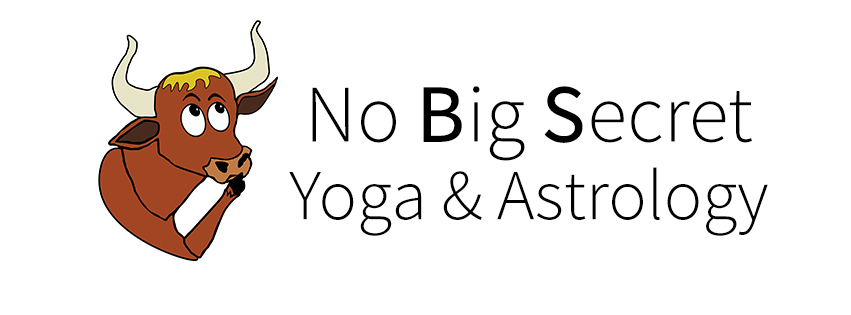Sutra 1.18: What Is Meditation? Plus Kriya lesson 3.
1.18. There is another meditation which is attained by the practice of alert mental suspension until only subtle impressions remain.
Meditation has a broad definition. The goal of any type of meditation is to lull the mind into an altered state of conciseness. Even in Yoga, I think the definition of meditation is somewhat fuzzy. I can break it down into to types: Formal and Informal.
Formal meditation is any time that you intend to go into an altered state of conciseness. So far in this series, I have spoken at length about the mind, types of thoughts and how they operate. To further muddy the waters, there are different types of attached thoughts that are attributed to the categories of thoughts. Don't be concerned about that, it's later in the Sutras. During my formal Kriya Yoga routine, I spend about fifteen minutes of what I would call "prep work", which can involve breathing exercises, called Pranayama and some mantra chanting. I try to do some hatha yoga before I start to limber up the body, but I do not put too much emphasis on that, mainly because I'm built like a beer keg.
Informal meditation happens spontaneously. Have you went on a hike and stopped to admire the beauty of nature? In that moment, you become connected with something other than what is going on in your mind. Runners get into a groove of what could be considered meditation. I would not know about that because I get winded walking to my car. Popular media grabs our attention, like books, television, video games and movies. The Kriya Yoga guru Paramahansa Yogananda compared our lives in the world to watching a movie: we are so engrossed in the movie that we do not even know we are a part of it. "
All the world's a stage,
And all the men and women merely players" to quote Vanilla Ice, or Shakespeare. Whatever.
Sutra 1.18 speaks about working on focusing on something while we meditate, until the meditator become so engrossed in the object of focus, that other thoughts subside. Traditionally, Yogis are taught to pick an object of meditation, like a deity, the breath or the flashing lights you see when you close your eyes, to focus upon. Once the true nature of that object is understood, so is the nature of all matter. The premise of this is that all matter is the same at a fundamental level, so the understanding of the object is the gateway to higher levels of awareness.
I am now going to give you a very basic, but powerful meditation technique. It's very common and you may have run into it before at some point. In Kriya Yoga, it is said that if one follows this technique, it will lead to stilling of the mind. Think of it as your object of meditation right now. It is called the Hong-Saw technique.
We want to become aware of the breath when we meditate. Pranayama, roughly translated, means breath control. The Hong-Saw technique combines mantra with breathing. The goal is to let the breath flow in and out naturally while mentally chanting this mantra. While inhaling, mentally say Hong (Rhymes with Bong, Dong or Song). You do not want to hold your breath after you inhale, just exhale naturally and mentally change Saw. Do not try to control the breath in any way. This sounds much easier in a blog than in practice. It's natural to have shallow breaths followed by a deep breath as the body becomes aware. Do not worry about how fast or how slow you breath. Over time, the breath will still, and the mind will move toward a meditative state.
